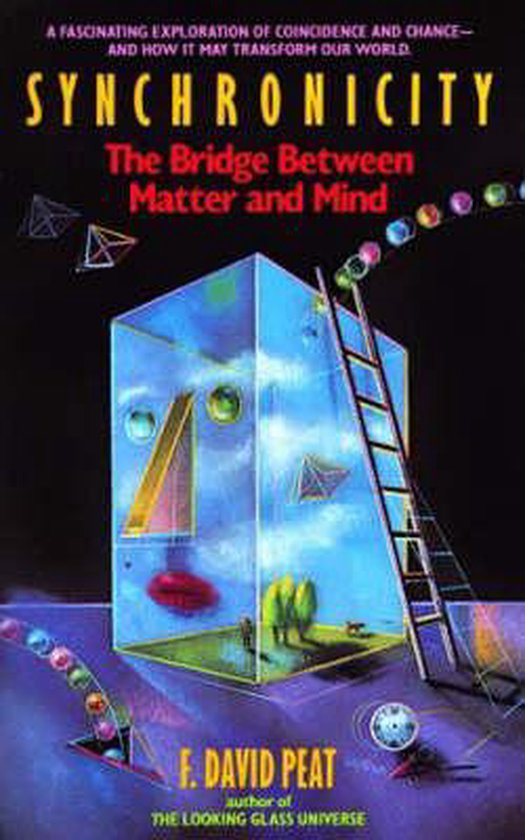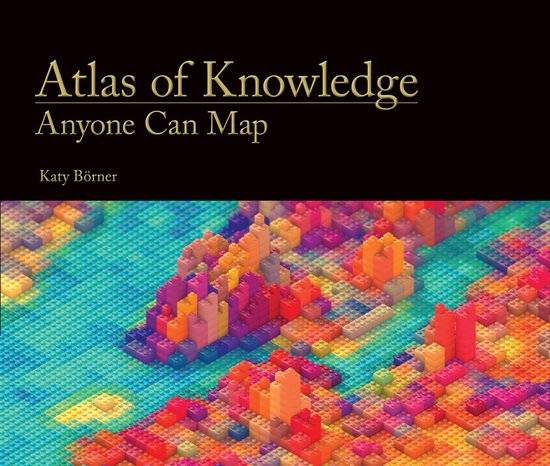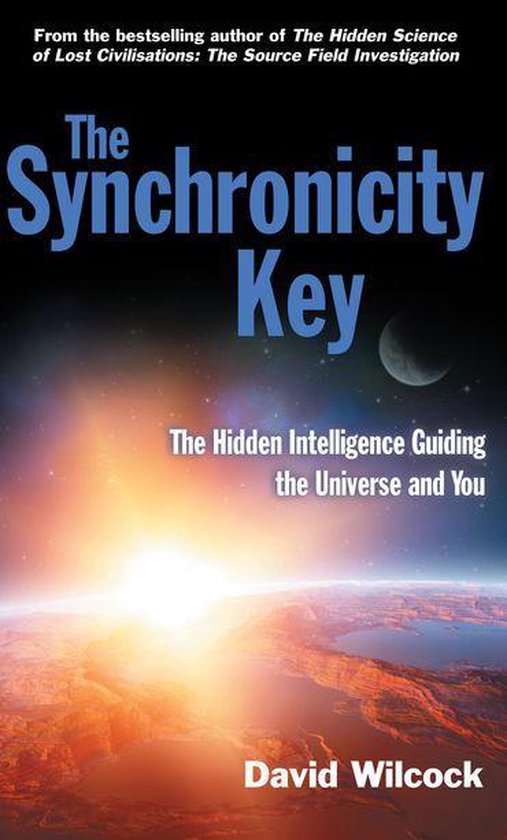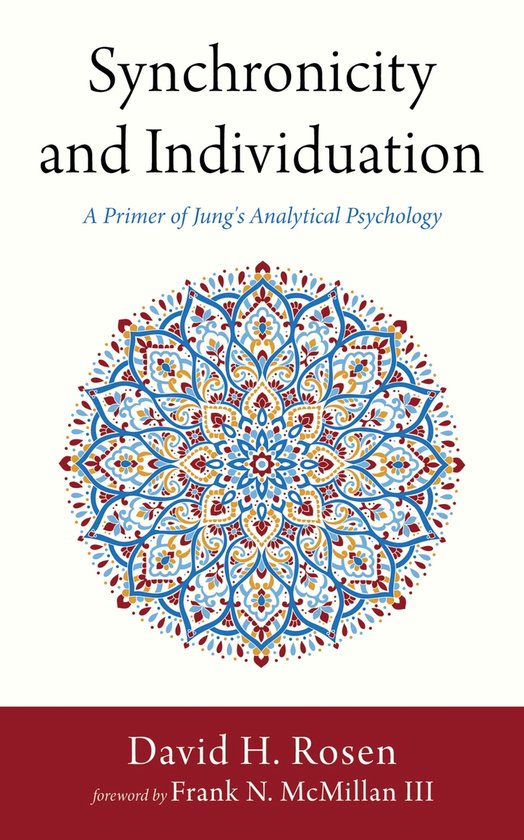
Synchronicity
Synchronicity: The Marriage of Matter and Psyche is an in-depth exploration of Carl Jungs fascinating concept of meaningful coincidences. In a typical synchronicity a person may dream of an old friend, not heard from for many years and next morning receive a letter or telephone call from that person, or alternatively learn of their sudden death. Synchronicities are not mere coincidences but arise out of a deeper ground where mind and matter are united. The book explains the criteria for a true synchronicity and how it can open a door into a persons life, transforming them and taking them in a new direction. One of the key books on the concept of synchronicity was written by F. David Peat Synchronicity: The Bridge between Matter and Mind, published in 1987. So much has happened since that date, including the publication of the Jung-Pauli letters as well as new books on Pauli and on Jung plus Joseph Jaworskis Synchronicity: The Inner Path of Leadership. It is for this reason that the author decided to write an entirely new book, rather than simply revise his earlier work. Chapter 1 Synchronicity An explanation of the nature of synchronicities using a number of striking examples and distinguishing them from mere coincidencescoincidences with no particular numinous meaning. It also shows how a synchronicity can act as a doorway to change a life Chapter 2 Consciousness An exploration of the nature of consciousness. It asks what is mind?and looks at the connection between consciousness and the brain. Chapter 3. Sigmund Freud Freud is seen as a doorway into the contributions of Carl Jung, but we also look at the tensions between the two men and the painful break that Jung made from the Freudian circle. Chapter 4 Carl Jung Following Jungs break with Freud, Jung had a breakdown which also opened him up to deeper material in his psyche. We learn of his growing interest in synchronicity and his decision to finally publish this work. Chapter 5 Wolfgang Pauli Pauli was one of the most exceptional theoretical physicists of the twentieth century but at the age of 30, following his mothers suicide, he was on the verge of a breakdown and consulted Jung. Jung referred him to a colleague and under analysis Pauli had a remarkable series of dreams that opened him to deep areas of his unconscious mind. Through these dreams Pauli decided to collaborate with Jung in order to discover an underlying unity of matter and psyche. He also encouraged Jung in his pursuit of synchronicity and persuaded him to publish his work. Chapter 6 Connections Science deals in connections that are essentially causalforces and fields, whereas synchronicities are in essence acausal connections. This chapter asks if there could be other forms of connection that are not directly causal. Rupert Sheldrake has proposed that fields of habit, morphic fields, can influence human and animal behaviour. Bert Hellinger has proposed that trauma to an ancestor can physically affect present generations. In David Bohms notion of the quantum potential an activity of information can be read by quantum particles. Chapter 7 Alchemy Alchemy is often dismissed as a pseudo science but it has a distinguished history with variants being found in ancient Egypt and China. The practice of alchemy is explained and the influence it has had on artists from Dürer and Michelangelo to Pollock, Duchamp and Anish Kapoor is emphasised. Chapter 8 Return to Synchronicity This chapter explores the development and enrichment of the concept of synchronicity following the death of Carl Jung. It looks as the contributions of Maria von Franz and Arnold Mindel. Barbara Honegger, for example, proposes that synchronicities may be the result of the bicameral mindthe notion that the right brain possesses its own language that can appear to us in dreams or as the voice of the gods. Honegger even suggests that this center can act on the outer physical world to produce synchronicities. For his part Roderic
| Auteur | | F. David Peat |
| Taal | | Engels |
| Type | | Paperback |
| Categorie | | Religie, Spiritualiteit & Filosofie |



